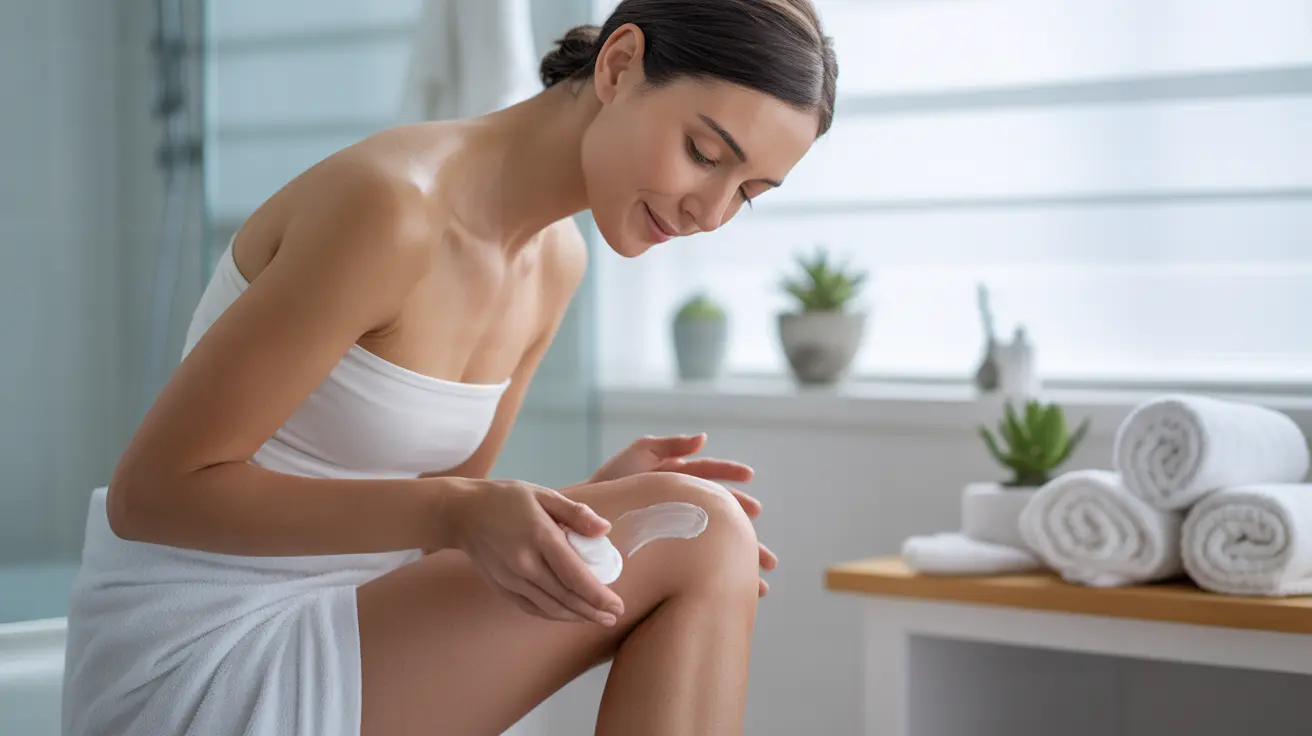Groin chafing is a common and uncomfortable condition that many women experience, particularly during exercise, hot weather, or daily activities. This friction-induced irritation can cause redness, pain, and discomfort, but there are numerous effective ways to treat and prevent it at home.
Understanding how to properly address groin chafing is essential for maintaining comfort and preventing more serious skin issues. This comprehensive guide will explore proven remedies, prevention strategies, and when to seek professional help.
Immediate Relief Treatments for Groin Chafing
When dealing with groin chafing, your first priority should be to soothe the irritated area and prevent further friction. Start by gently cleaning the affected area with lukewarm water and allowing it to dry completely. Avoid using harsh soaps that could further irritate the skin.
Several effective home treatments can provide immediate relief:
- Apply cool compresses to reduce inflammation
- Use natural aloe vera gel for its cooling and healing properties
- Pat cornstarch or unscented talcum powder to keep the area dry
- Allow the affected area to breathe whenever possible
Over-the-Counter Solutions
Many over-the-counter products can effectively treat groin chafing:
- Zinc oxide cream or ointment
- Moisture-barrier creams
- Anti-chafing balms specifically designed for sensitive areas
- Gentle moisturizers with calming ingredients like chamomile or calendula
When selecting products, choose those free from artificial fragrances and harsh chemicals to avoid further irritation.
Prevention Strategies
Proper Clothing Selection
Wearing appropriate clothing is crucial for preventing groin chafing:
- Choose moisture-wicking fabrics for exercise
- Opt for loose-fitting cotton underwear for daily wear
- Avoid rough seams or materials that can cause friction
- Consider specialized anti-chafing shorts or thigh bands
Moisture Management
Keeping the groin area dry is essential for preventing chafing:
- Change out of wet or sweaty clothes promptly
- Use moisture-wicking powders before activities
- Apply anti-chafe products before exercise
- Consider using specialized moisture-absorbing underwear
When to Seek Medical Attention
While most cases of groin chafing can be treated at home, certain symptoms warrant medical attention:
- Severe pain or bleeding
- Signs of infection (warmth, swelling, pus)
- Persistent symptoms despite home treatment
- Development of blisters or open sores
- Unusual discharge or odor
Frequently Asked Questions
What are the best home remedies for treating chafing in the female groin area?
The most effective home remedies include applying cool compresses, using aloe vera gel, applying cornstarch or talcum powder, and keeping the area clean and dry. Natural remedies like coconut oil or calendula cream can also provide relief when applied to clean, dry skin.
How can I prevent chafing and irritation in my groin during exercise or daily activities?
Prevent chafing by wearing moisture-wicking, properly fitting clothes, applying anti-chafe products before activities, staying dry, and maintaining good hygiene. Regular use of preventive measures like anti-chafing creams or powders before exercise can significantly reduce the risk.
What over-the-counter creams or oils are effective for soothing groin chafing in women?
Effective over-the-counter products include zinc oxide creams, petroleum jelly, moisturizing balms with natural ingredients, and specialized anti-chafing products. Look for products specifically designed for sensitive skin and avoid those with artificial fragrances.
When should I see a doctor for chafing that does not improve or gets worse?
Consult a healthcare provider if you experience severe pain, bleeding, signs of infection, persistent symptoms despite home treatment, or if the chafing leads to open sores or unusual discharge. These symptoms may indicate a more serious condition requiring medical attention.
How does wearing the right clothing help reduce groin chafing in females?
Proper clothing helps reduce chafing by minimizing friction and managing moisture. Choose breathable, moisture-wicking fabrics, wear properly fitting undergarments, and avoid clothes with rough seams or irritating materials. Athletic wear designed specifically for anti-chafing can be particularly effective during exercise.




